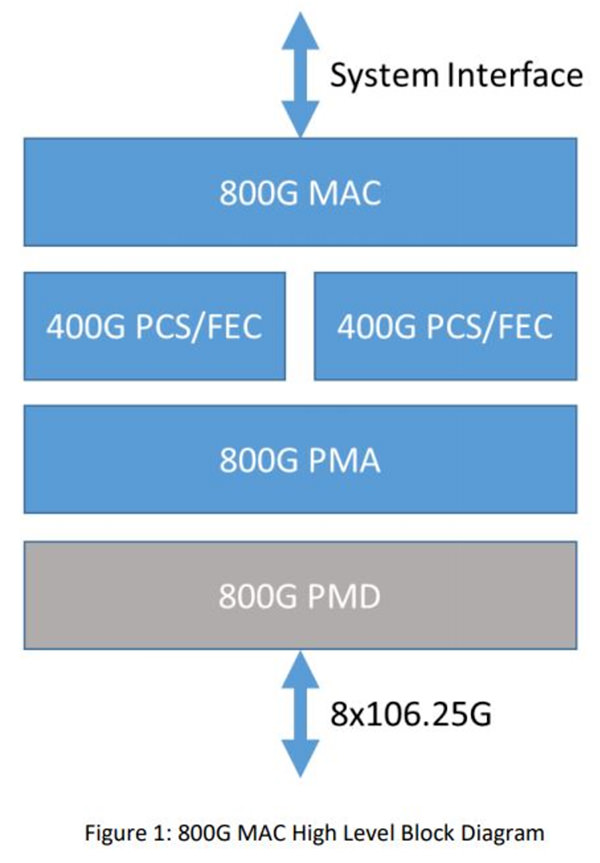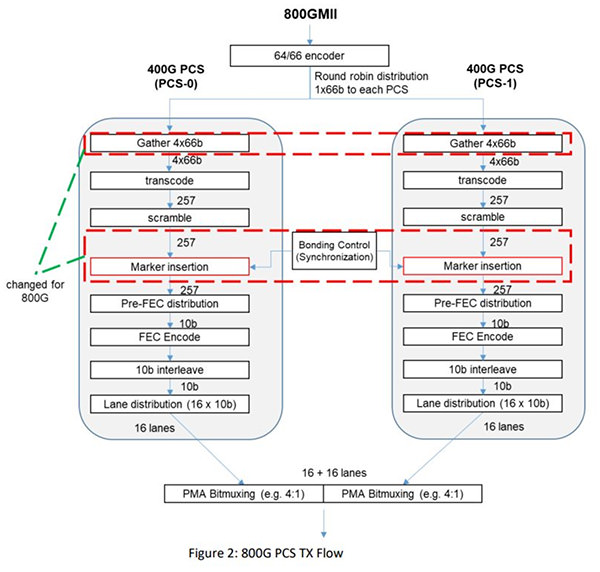The specifications for 800 Gbps Ethernet connections are ready for the data center of the future
The Ethernet Technology Consortium sets the specifications of the new 800 Gbps standard, capable of doubling the transmission speed compared to the current state of the art: very useful for the expansion of large data centers.
The 25 Gigabit Ethernet consortium, which brings together various companies involved in the development of new Ethernet connectivity solutions, has announced two important innovations. The first is a change of name in the Ethernet Technology Consortium, while the second concerns the specifications for the new 800Gbps standard.
It is evident that a change of name was expected, given that the consortium had been set up to develop 25 Gbps Ethernet connectivity, and in the meantime, the evolution of technology has led to the 400Gbps standard. We now reach 800Gbps, for the moment, only a standard as compatible products have yet to reach the market.
The new specifications, denoted by the name of 800GBASE-R, double the theoretical maximum transfer rate of the 400 Gbps standard by redistributing the workload along 8 physical lines each capable of transferring up to 106 Gbps. To achieve this, with twice the lines of the 400 Gbps standard at the same speed, the new specifications have introduced a new media access control (MAC) and a new PCS (Physical Coding Sublayer).
The approach followed by the Ethernet Technology Consortium actually involves doubling the PCS, taking two derived from the 400Gbps specifications, creating a single MAC that is capable in this way of reaching the transmission speed of 800Gbps. Except for the transmission speed, the new standard will maintain the thick technical characteristics of the one at 400 Gbps.
Transmission speeds of this type are not interesting for the domestic environment but developed with the growing needs of the data centers in which the transmission speed between the nodes and clusters is essential to guarantee increasingly contained processing times.
The specifications of the new standard are accessible online at this address; the Ethernet Technology Consortium website is online on this page.



